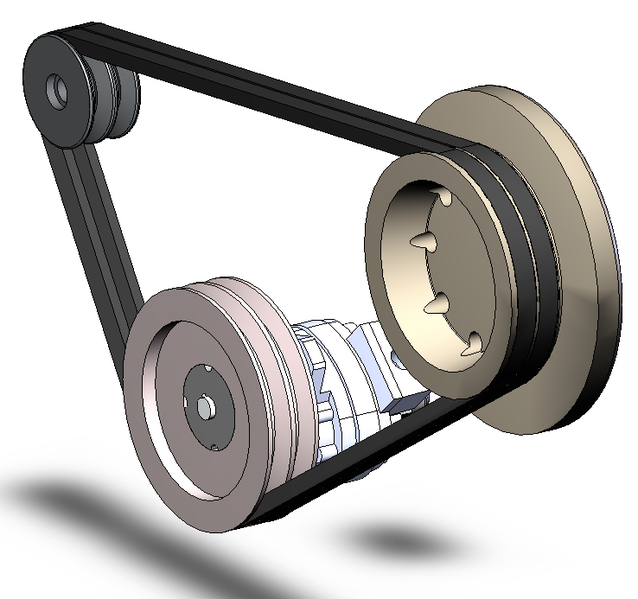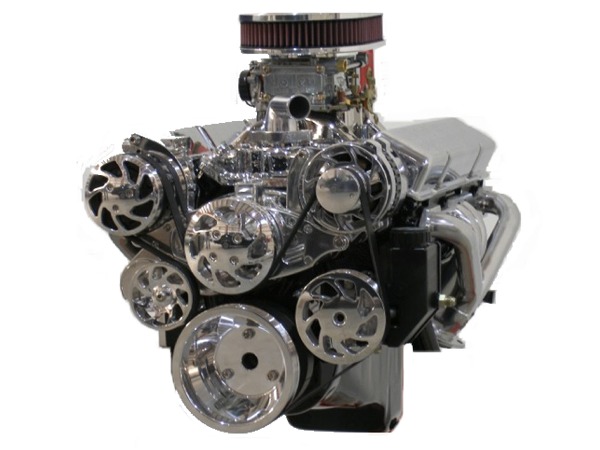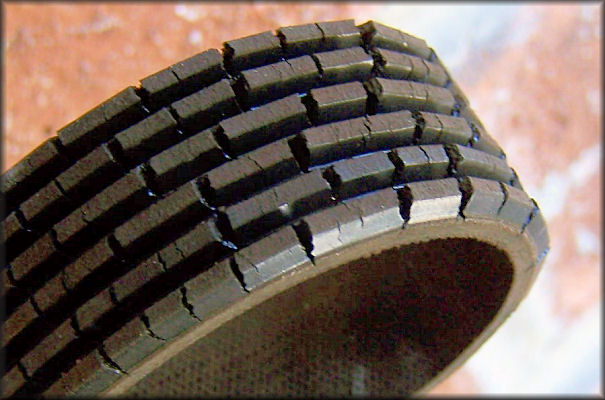Keeping your engine’s belts in good condition is critical to the proper operation of your engine – they keep your power steering, air conditioning, and charging system alive and kicking. A visual inspection of each belt is usually enough to keep you on the road and out of trouble.
 To inspect your car’s belts, make sure that your engine is off, and the parking brake is on – it is dangerous to reach in a vehicle with the engine running, so never do it. Mmake sure that you check the owner’s Manual and follow all safety precautions when doing an inspection of the belts.
To inspect your car’s belts, make sure that your engine is off, and the parking brake is on – it is dangerous to reach in a vehicle with the engine running, so never do it. Mmake sure that you check the owner’s Manual and follow all safety precautions when doing an inspection of the belts.
Most cars have either of two types of belts, a V belt or a serpentine belt. A V belt will have a deep V shaped the groove on the pulleys on your engine.  A serpentine belt is normally flat and will run lengthwise on all the pulleys on your engine. You can tell this belt apart from the rest because on the underside of it there will be a little grooves that fit into the grooves on the pulleys in your engine. The serpentine belt is use now because it has more contact surface which allows the belt not to slip as much when the vehicle is running.
A serpentine belt is normally flat and will run lengthwise on all the pulleys on your engine. You can tell this belt apart from the rest because on the underside of it there will be a little grooves that fit into the grooves on the pulleys in your engine. The serpentine belt is use now because it has more contact surface which allows the belt not to slip as much when the vehicle is running.
Now that you know exactly what you’re looking for you’ll need to determine the condition of the belt to decide if it needs to be replaced. The main thing that you need to look for are cracks in the belt. You want to place the belt over three  fingers and visually inspect the underside that runs along the pulleys. You’ll be able to see every crack in the belt when you do this.
fingers and visually inspect the underside that runs along the pulleys. You’ll be able to see every crack in the belt when you do this.
Verify that the belt is not soaked in oil (this will prevent the belt from grabbing the pulleys, causing it to slip). You should be able to feel any oily residue on the belt, as well as see a discoloration.
Another major problem with any belt is glazing. Glazing is a shiny surface on the belt that comes in contact with the pulley of your engine. You’ll identify this condition by a shiny surface on the belt where it contacts the pulleys. This generally happens with a V belt because the sides give way allowing the bottom of the belt to touch the pulley.
While you’re inspecting your belts, don’t forget to check for missing belts. It may seem obvious, but it’s easy to overlook a missing belt if you’re just making a quick inspection. Every pulley should have a belt that runs on it.
While you are inspecting the belts of your vehicle you also want to pay close attention to the tensioners. There job is to apply stress to the belts, and a worn or frozen tensioner will destroy a belt withing a few miles. Each tensioner should move freely, and spin as the belt moves.
Luckily today we don’t have to replace our belts very often, but a quick visual inspection is free and easy to perform, so it doesn’t hurt. We recommend that you inspect your belts at every oil change, and replace them according to your vehicle’s owner’s manual.
